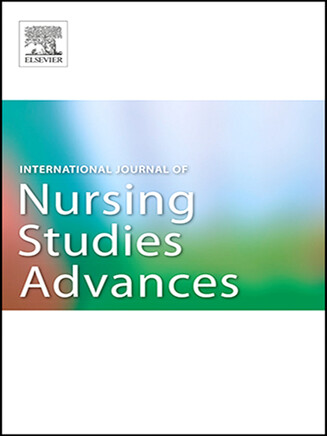PERCEPTIONS OF SENSE OF COMMUNITY AND COMMUNITY ENGAGEMENT AMONG RURAL NURSES: RESULTS OF A NATIONAL SURVEY
ABSTRACT
Background: Variations in rural nurses' sense of community and engagement in rural communities are poorly understood, although there is evidence that these are linked to community cohesion and perceived community resilience.
Objective: The aim of our research was to develop descriptive profiles of rural nurses who exhibit a sense of community and community engagement at low, average, and high levels, based on occupational, personal, community, and regional characteristics. These results were linked to levels of cohesion and resilience.
Design: A survey questionnaire, including established scales, demographic information, and information about rural nursing practice was administered to rural nurses.
Settings: Rural communities in all provinces and territories in Canada outside the commuting zone of urban areas with 10,000 or more inhabitants.
Participants: Multi-level systematic stratified sampling was employed for the national survey. A subsample of 2116 Registered Nurses, Nurse Practitioners, and Licensed Practical Nurses comprised the participants for this analysis.
Methods: The analysis was conducted in two stages: (1) in the first subset, those (n = 2116) whose primary work community was rural, remote, or rurban with less than 10,000 inhabitants were grouped into a nine-group typology based on low, average, and high tertiles of Psychological Sense of Community and Community Engagement. The second subset (n = 993) represented those in three groups: low-low, average-average, and high-high scores on the two indices. Significant differences between the three groups were identified based on occupational, personal, community, and regional characteristics. Chi Square, ANOVA, and correlation tests were applied as required.
Results: Nurses with low scores on both Psychological Sense of Community and Community Engagement were more likely to be from larger communities, single or divorced and living and working in the North. Those with average scores on both scales have been in their nursing positions for more than 20 years, are middle aged and are satisfied with their home community. Nurses in the third group have high scores on both indicators; they are more likely to be from a smaller childhood communities, married or living common-law, and are in the late middle age group.
Conclusions: By focusing on the key variables or traits of nurses, modifiable recruitment and retention practices can be implemented. For example, it is important to recruit nurses who are from smaller communities. Other initiatives for nurses include matching community activities with the age and stage of the family and developing a welcoming strategy for the workplace and community for newly arrived nurses.
Statistics
Web of Science Times Cited
9
Journal Citation Indicator
3.04

